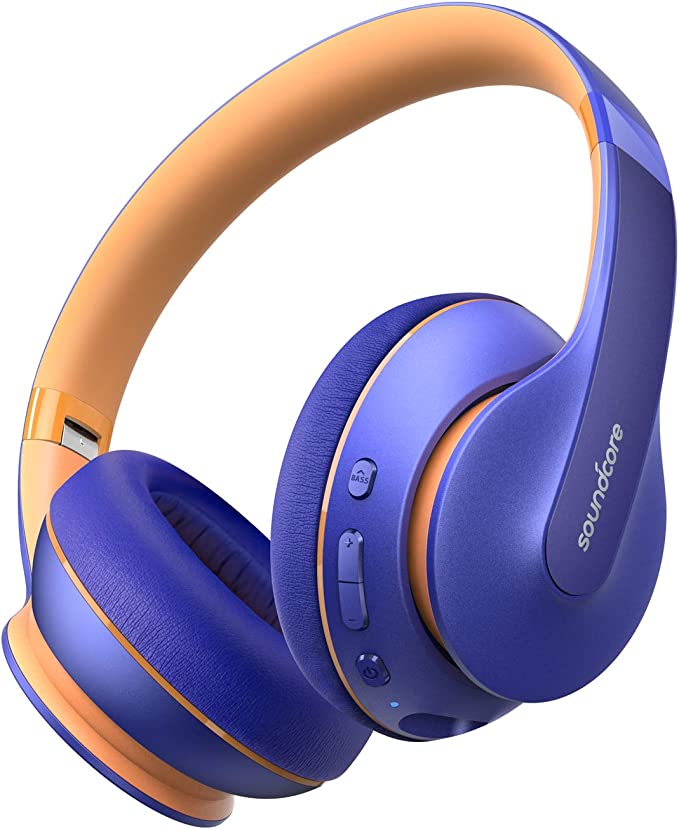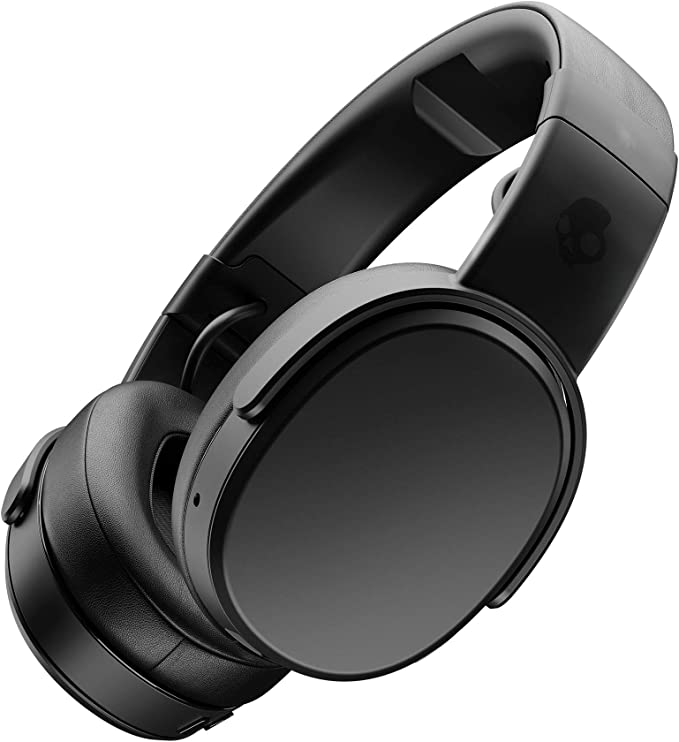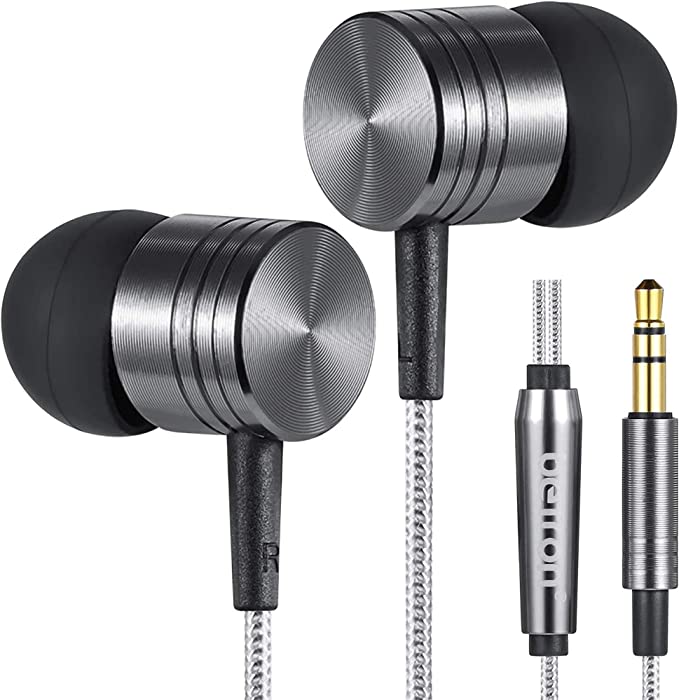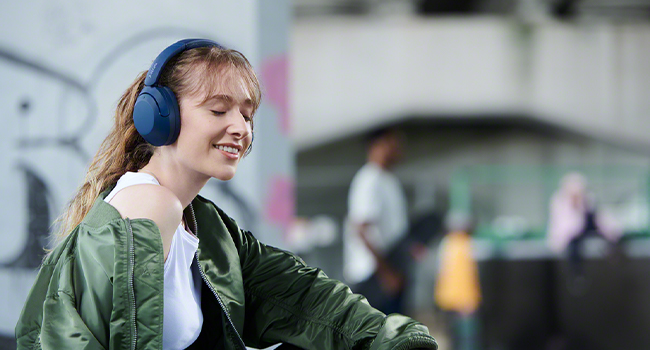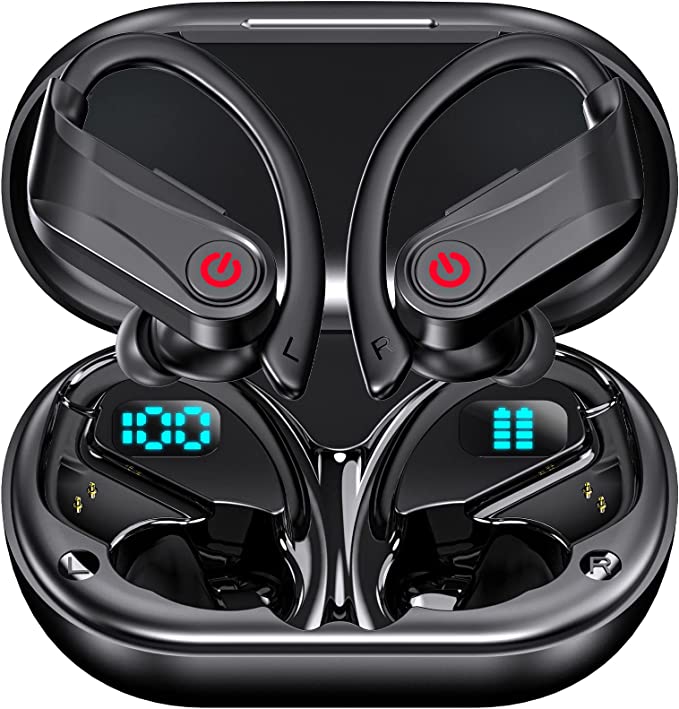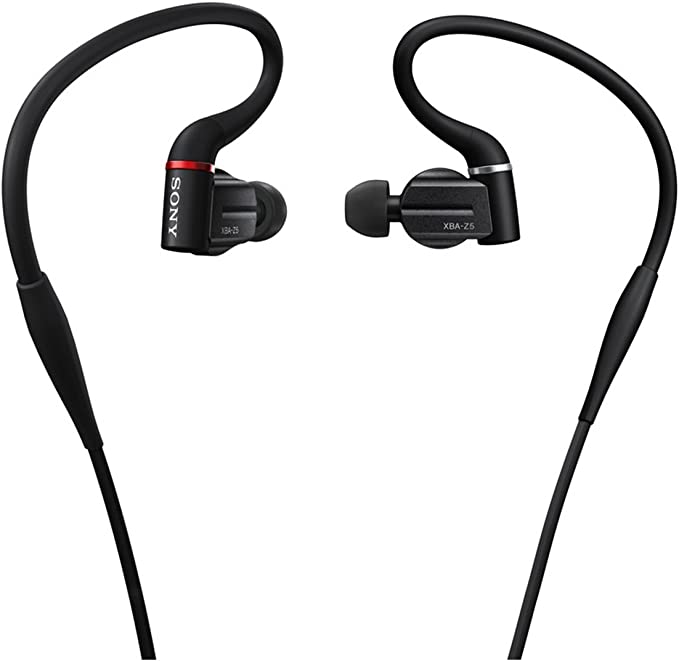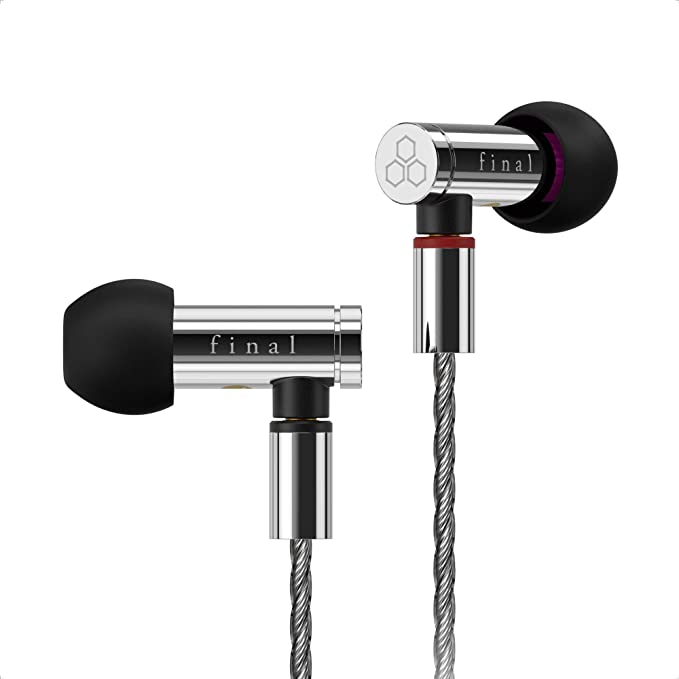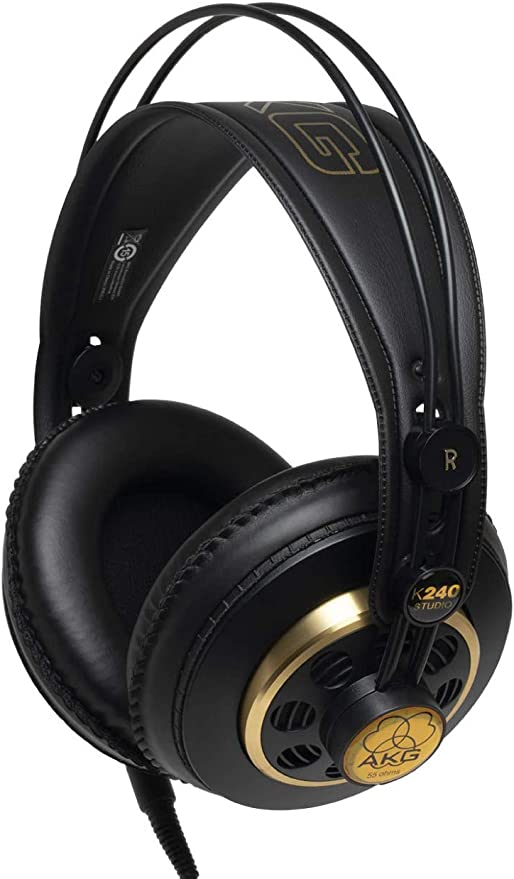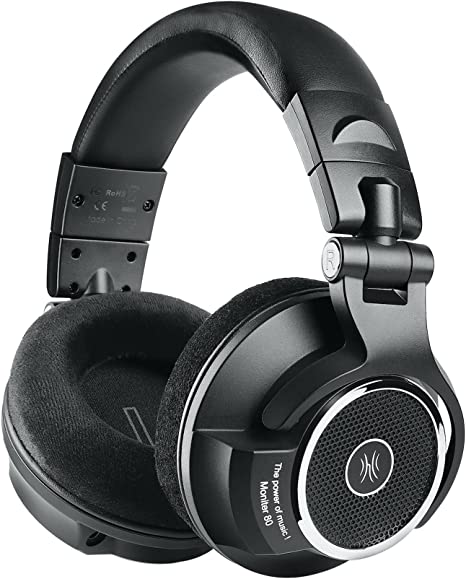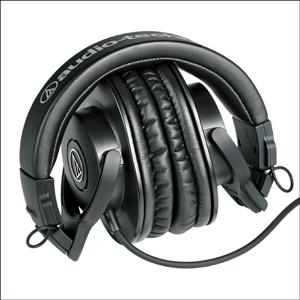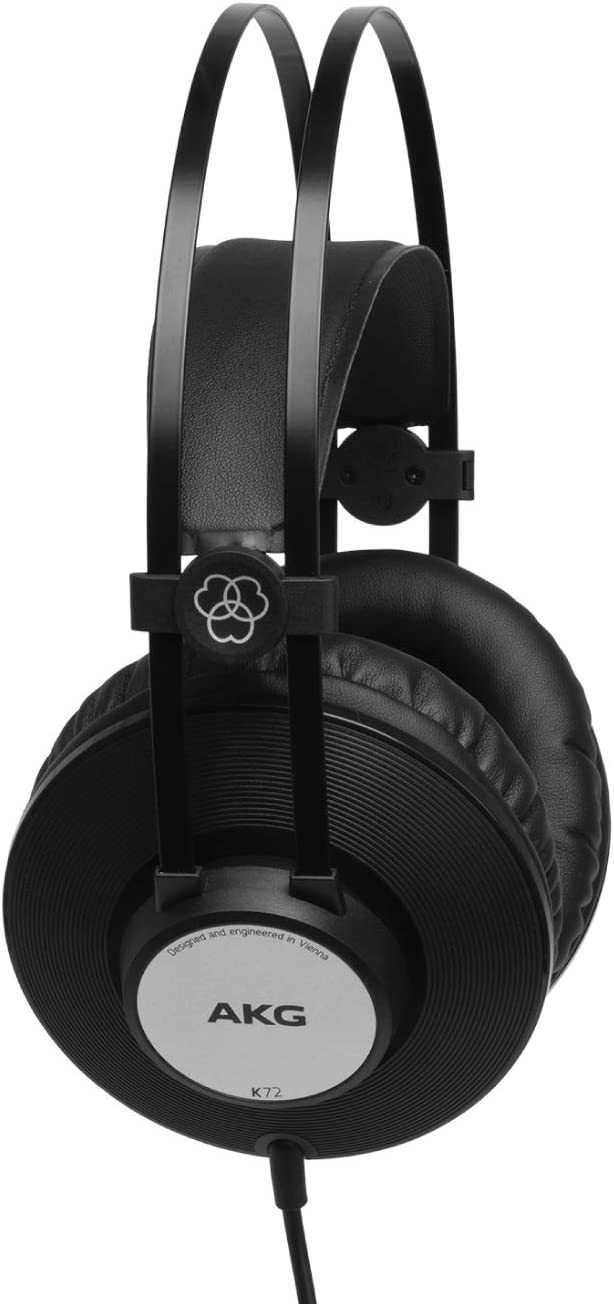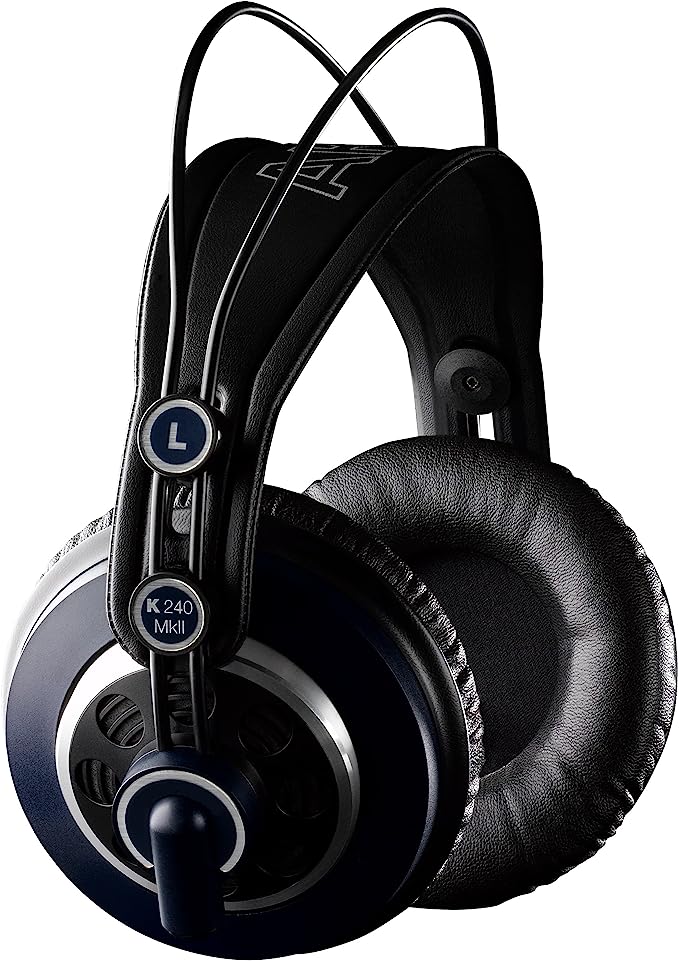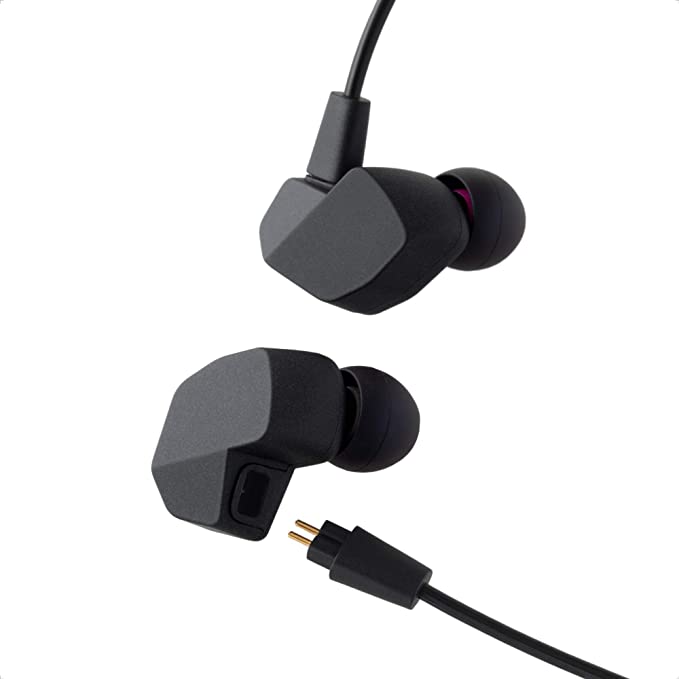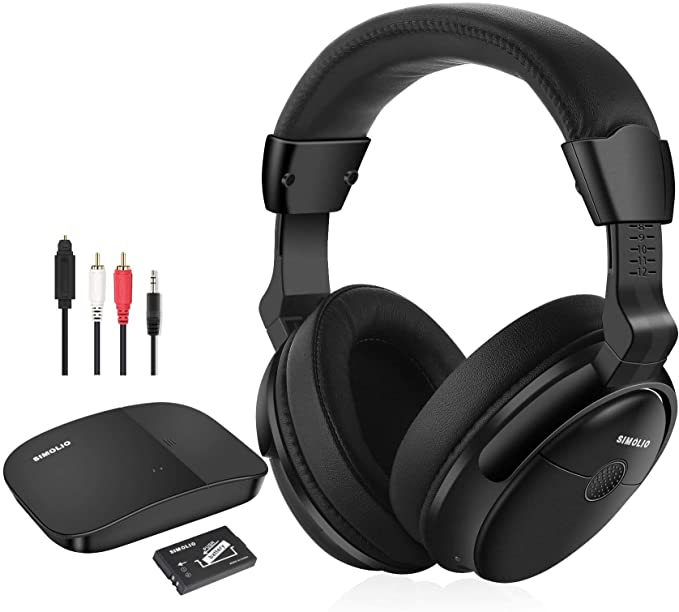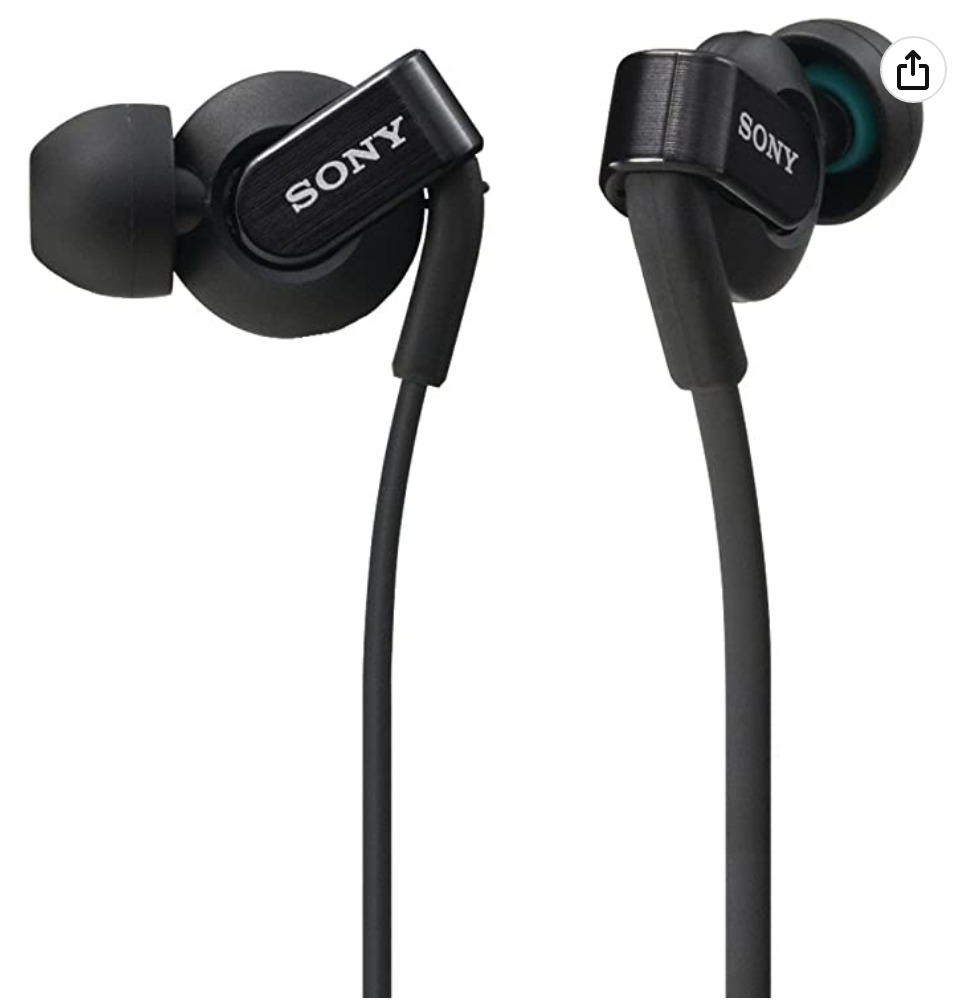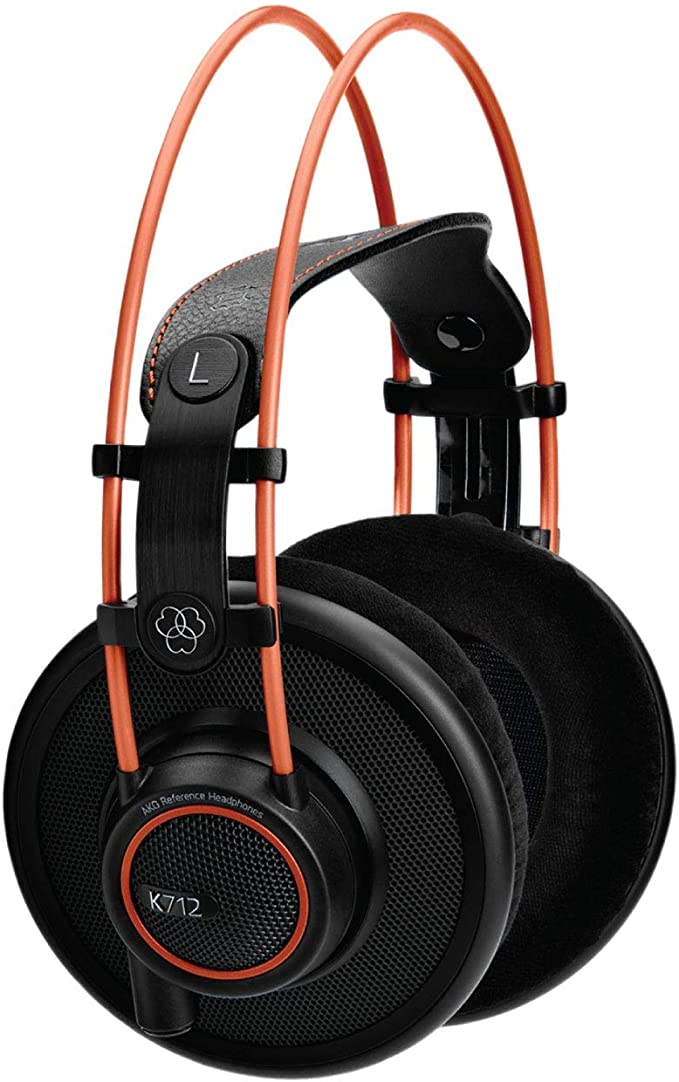Beyond the Hype: Understanding Hi-Res Audio, 72H Playtime & Studio DNA
Update on Oct. 29, 2025, 6:12 p.m.
It’s a puzzle many of us have faced. You’re looking at a new pair of headphones, and the box is covered in impressive-sounding numbers and certifications. You see terms like “Hi-Res Audio,” a frequency response up to 40,000 Hz, and maybe an almost unbelievable claim like “72-Hour Playtime.”
Instantly, questions pop up. Decades of science have taught us that human hearing taps out around 20,000 Hz, so why build a device that produces sounds we can’t possibly hear? Is a 72-hour battery even physically possible, or is there a catch?
Welcome, class. Today, we’re going to pull back the curtain on these specifications. Forget the marketing jargon. We’re going to become smarter listeners by understanding the real science and engineering packed into modern headphones. And to make this lesson tangible, we’ll use a real-world example as our guide: the popular OneOdio A70. We’re not reviewing it; we’re using its spec sheet to unpack the core concepts that apply to all headphones.
Let’s begin.
Chapter 1: The Hi-Res Mystery – Why Engineer for Inaudible Sound?
Our first topic is that “Hi-Res Audio” sticker and the accompanying 20 Hz - 40,000 Hz frequency response. This is one of the most misunderstood concepts in audio.
Our Biological Sound System: A Quick Refresher
First, let’s set the baseline. Sound is a pressure wave, and its frequency—measured in Hertz (Hz)—is the number of wave cycles that pass a point per second. We perceive this as pitch. A deep bass note might be 30 Hz, while the shimmer of a cymbal can reach 15,000 Hz.
The established range for human hearing is 20 Hz to 20,000 Hz. This is a biological fact, honed by evolution to help us survive and communicate. As we get older, our sensitivity to higher frequencies fades in a process called presbycusis, often bringing the effective ceiling down to 16,000 Hz or lower.
So, on the surface, that 40,000 Hz figure seems completely pointless. But the story is more complex, and it starts with the engineering of the driver itself.
The Engineering Argument: An Athlete in Training
Think of a headphone’s driver—the tiny speaker responsible for creating sound—as an athlete. In the OneOdio A70, for instance, this athlete is a 40mm neodymium driver. The driver’s job is to vibrate with incredible speed and precision to reproduce every note.
Now, imagine asking this athlete to perform. Reproducing a 40,000 Hz tone requires the driver’s diaphragm (a thin, light membrane) to oscillate 40,000 times every second without distorting, flexing, or lagging. This is an Olympic-level feat of material science and magnetic engineering. A driver that can achieve this must be exceptionally light, rigid, and perfectly controlled by its magnetic motor.
Here’s the key takeaway: an athlete who can run a 100-meter sprint in under 10 seconds will find jogging that same distance in 20 seconds effortless. They will do it with perfect form and zero strain.
It’s the same with a headphone driver. A driver engineered to handle the extreme demands of 40,000 Hz can reproduce the frequencies we can hear (everything up to 20,000 Hz) with far greater accuracy and vanishingly low distortion. Its transient response—the ability to start and stop on a dime to create the sharp “thwack” of a snare drum—is vastly improved. Any unwanted resonances or “breakup modes,” which can create a muddy sound, are pushed far beyond the range of human hearing.
So, when you see a 40,000 Hz specification, don’t think of it as a target for your ears. Think of it as an engineering benchmark—a testament to the driver’s agility and control, promising a cleaner, more precise performance across the entire audible spectrum.

The Psychoacoustic Theory: The Spice You Can’t Quite Taste
While the engineering argument is solid, there’s a more debated and fascinating theory from the world of psychoacoustics—the study of how we perceive sound. Could these ultrasonic frequencies, even if we don’t “hear” them as tones, somehow influence our perception of the sounds we can hear?
Some researchers suggest that the presence of these ultrasonic harmonics can interact with audible frequencies, subtly changing our perception of an instrument’s timbre (its unique textural character) and the sense of space in a recording. The idea is that these inaudible frequencies might add a layer of realism or “airiness” that you can’t pinpoint but would miss if it were gone.
While the scientific jury is still out on this, with many studies finding no perceivable difference, the Hi-Res specification remains a powerful indicator of a high-performance driver built for fidelity.
Chapter 2: The 72-Hour Marathon – The Science of Battery Endurance
Next, let’s tackle that eye-popping “72H Playtime.” This isn’t magic; it’s a result of a perfect storm of modern technology. Three key factors make this possible: battery chemistry, driver efficiency, and wireless technology.
-
Battery Capacity & Chemistry: Modern headphones use Lithium-ion (Li-ion) or Lithium-polymer (Li-po) batteries, which are incredibly energy-dense for their size and weight. A larger capacity battery (measured in milliamp-hours or mAh) is the foundation, but it’s only part of the story.
-
Driver Efficiency: Just like a car’s engine, some headphone drivers are more fuel-efficient than others. A well-designed driver can produce a loud, clear sound with very little electrical power. This efficiency is crucial for extending playtime.
-
Bluetooth Version (The Secret Weapon): This is the biggest contributor to marathon-like battery life. The OneOdio A70, for example, uses Bluetooth 5.2. This version is a game-changer because it fully incorporates Bluetooth Low Energy (BLE) protocols. BLE allows the headphones to maintain a stable connection with your device while consuming a tiny fraction of the power of older Bluetooth versions, especially during periods of silence or low-data transmission (like a podcast).
So, when you see a claim like 72 hours, it’s a realistic figure achieved by combining a decent-sized battery with highly efficient drivers and, most importantly, the power-sipping technology of modern Bluetooth.
Chapter 3: Decoding the ‘Studio DNA’ – What Makes a Headphone ‘Professional’?
Finally, you often see terms like “Studio” or “Monitor” headphones. What does that actually mean? It comes down to a few key features designed for function over flash, many of which are present in the A70 and serve as excellent teaching examples.
The Dual-Jack System: A Tool for Creators
One of the most telling “studio” features is the inclusion of both a standard 3.5mm jack (for phones, laptops) and a larger 6.35mm jack (for professional equipment). Why? In a studio, you’re not just plugging into an iPhone. You’re connecting to audio interfaces, mixing boards, guitar amplifiers, and DJ mixers, all of which use the robust 6.35mm standard. Having both ports directly on the headphone, like the A70 does, eliminates the need for clumsy adapters—a small but critical detail for a working professional.

Impedance: The Sweet Spot of Versatility
You might also see a spec called impedance, measured in Ohms (Ω). The OneOdio A70 has an impedance of 32 Ohms. In simple terms, impedance is a measure of electrical resistance.
- Low Impedance (Under 50Ω): These headphones are easy to “drive.” They can get loud enough when plugged directly into low-power devices like smartphones and laptops.
- High Impedance (Over 100Ω): These headphones require more power to reach a good volume and are designed to be used with dedicated headphone amplifiers found in studio settings.
An impedance of 32Ω is a fantastic “sweet spot.” It’s low enough to work perfectly with your phone for everyday listening but robust enough to handle the more powerful outputs from studio gear without issues. This versatility is a hallmark of a headphone designed with both casual and professional use in mind.
Audio Sharing: A Clever Wiring Trick
A unique feature mentioned for the A70 is “audio sharing,” allowing a second pair of headphones to plug into the first and share the same audio source. This is a clever application of its dual-port design, essentially turning the headphone into a passive audio splitter. In a collaborative studio or DJ environment, this allows two people to listen to the same mix simultaneously without extra hardware.
Conclusion: From Confused Consumer to Empowered Listener
So, let’s review what we’ve learned by unpacking the spec sheet.
That 40,000 Hz number isn’t for your ears; it’s a badge of honor for the driver’s engineering, promising better performance in the range you can hear. An incredible 72-hour playtime isn’t a typo; it’s the result of efficient drivers and the power-saving magic of modern Bluetooth. And “Studio DNA” isn’t just a marketing slogan; it’s a reflection of practical, function-first features like multiple input jacks and versatile impedance.
The goal isn’t to become an audio engineer overnight. It’s to understand that these specifications tell a story about the technology inside your headphones. By learning to read that story, you move beyond the hype and can better appreciate the science and engineering you’re holding in your hands. You are no longer just a consumer; you are an informed, empowered listener.


